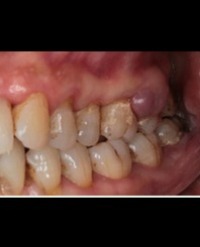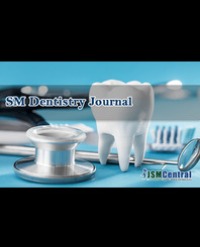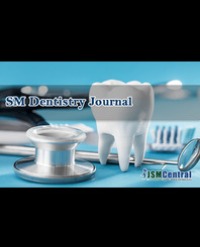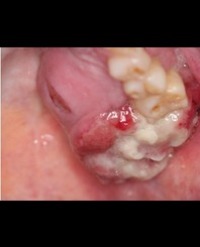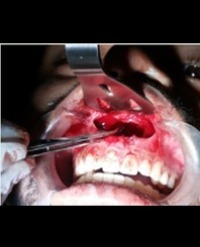T he highest court in India recalled its controversial verdict of 2013 quashing a Medical Council of India (MCI) notification mandating a common National Entrance-cum-Eligibility Test (NEET) both for undergraduate and postgraduate medical and dental courses in government and private institutions. A bench of Justice Dave, Singh and Goel said that NEET did not infringe upon the rights of the state governments or the private institutions and the single-window test must be applied from this academic year itself [1]. This signifies that no college, together with more than 600 privately run and minority medical institutions, will be allowed to conduct its own entrance examination for selection of students. The bench made its decision on the basis of a petition filed by the MCI. Medical and Dental Council of India, 2010 amended the regulations on Medical and Dental Education Act, 1997 to make provision for a single eligibility examination test named National Eligibility Entrance Test (NEET) for admission to medical and dental courses. Central Board of Secondary Education was notified to be the institute to conduct NEET [2]. The single window NEET was articulated and implemented based on the prototype and model of the single exam conducted in United States and few other developed countries. The NEET would give students an all-India ranking and a state ranking and students could be admitted either on the basis of their all-India or the state performance if they were to opt for the state quota. The state quota could be used by only those who met the domicile criterion. The NEET had been welcomed by all including the students, parents, medical teachers and general public at large.
Bharathi M Purohit1 and Abhinav Singh2*
